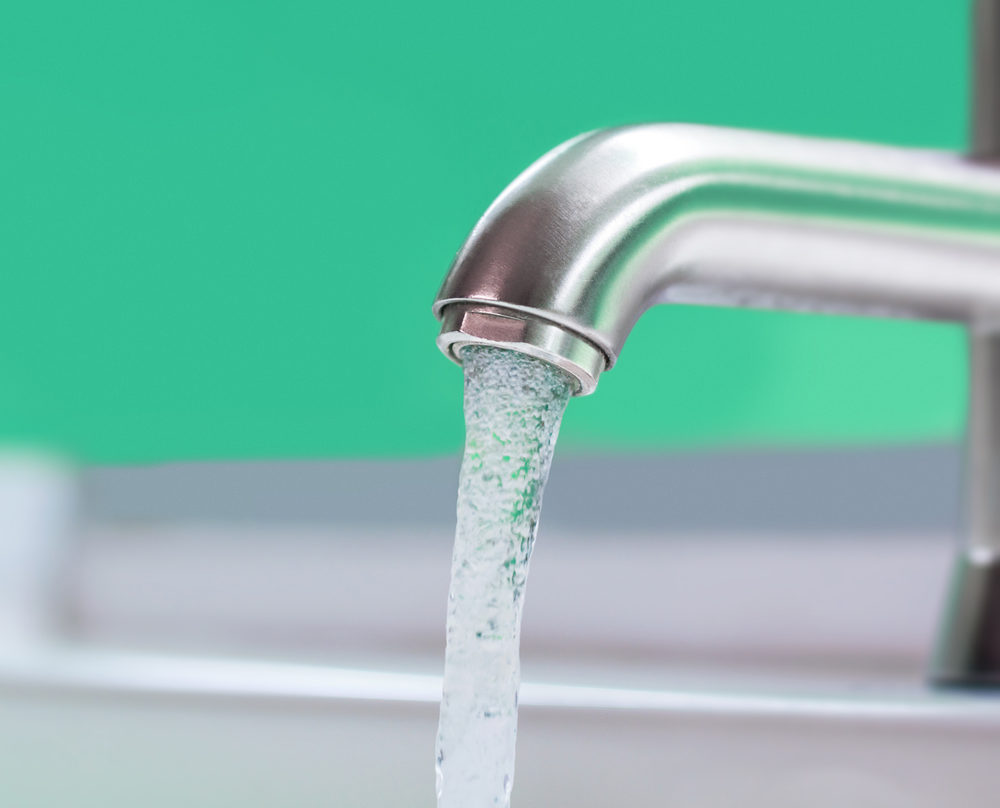Drinking Water Lead Levels Dangerously High in Many U.S. Systems: Report

A new report indicates that more than 18 million Americans drink from water systems that have lead levels that violate federal guidelines, suggesting that the potential risk of lead exposure through drinking water is more common than originally thought.
The Natural Resources Defense Council (NRDC) released a new peer-reviewed report on June 28, “What’s In Your Water, Flint and Beyond”, claiming that between 15 million to 22 million Americans are exposed to drinking water with excessive lead levels through public water system pipes connecting residences to local water mains every year, putting citizens, especially children, at risk of lead poisoning.
In light of the ongoing lead water problems in Flint, Michigan, the NRDC, a leading international environmental activist group, performed a nationwide analysis through the use of digital maps to expose the scope of the lead-related issues in drinking water across the U.S. The researchers found that in 2015 alone, more than 18 million people were served by 5,363 community water systems in violation of the Environmental Protection Agency’s (EPA) Lead and Copper rules.

Learn More About
Children diagnosed with lead poisoning after exposure to peeling or chipping lead paint in a rental home may be entitled to financial compensation and benefits.
Learn More About this Lawsuit SEE IF YOU QUALIFY FOR COMPENSATIONEPA rules require systems to provide water from lead free water pipes. The “lead free” definition is weighted at an average of 0.25% lead calculated across the wetted surfaces of a pipe, pipe fitting, plumbing fitting, and fixture, supplying drinking water to the public. The Act specifically mandates the repair of any plumbing fittings or fixtures providing water sources not classified under as “lead free”.
However, the NRDC found 5,363 community water systems failed to treat to reduce lead levels, monitor for lead, or report test results. According to the NRDC’s findings, nine out of ten of the water rule violations are never reported to the EPA to enforce repairs and the EPA had only sought penalties against three percent of jurisdictions in violation of excessive lead levels.
“Americans take it for granted that the water flowing from their home taps is clean and safe, but all too often that assumption is wrong. Shoddy data collection, lax enforcement of the law, and cities gaming the system have created a potent brew of lead violations and unsafe drinking water from the water supplies used by millions of people across the nation,” Erik Olson, Health Program Director at NRDC, said in a press release. “And Flint doesn’t even show up as having violations for lead in the EPA’s drinking water tracking data, suggesting that millions more Americans could be at risk of drinking unsafe water but they aren’t even being tracked.”
The NRDC’s report highlighted major issues relating to the testing methods used by many cities that allegedly avoid detecting lead problems. The report claims some major cities such as Philadelphia, Chicago, and Flint have “gamed” the water testing system by only testing contamination levels in areas less likely to have lead problems to avoid costly repairs. Although the EPA released guidance in February 2016 discouraging these practices, it is unsure how long they may have been used or if they still are being used.
Researchers from the NRDC are calling on the EPA to enforce cities such as Flint to following federal laws regarding safe drinking water practices and have highlighted several specific changes including providing emergency relief programs, invest the rest of the country’s infrastructure and remove lead producing service lines, re-evaluate the laws and rules for drinking water and allow the public to more easily sue at fault party’s for relief from contamination exposure, and to address the wide scale environmental injustice across the nation.
Flint Water Contamination
The national probe into excessive lead levels in drinking water was prompted by the Flint, Michigan water crisis that began in April 2014, when government officials decided to switch the town from the Detroit Water System to water from the Flint River in an attempt to save money. Residents immediately began complaining about cloudy and foul-smelling water, and many reported developing skin lesions and rashes after exposure to the water.
Subsequent investigations confirmed that residents have been exposed to high levels of lead in their drinking water, and a number of children now have dangerously high blood levels, with the rate of childhood lead poisoning in Flint doubling since the water source was switched.
The CDC estimates that 535,000 children ages 1-5, or about 2.6% of such children in the U.S., have levels of lead in their blood that place them at risk for adverse health effects. To come up with that number, the CDC analyzed data from the National Health and Nutrition Examination Survey from the years 1999 to 2002, and 2007 through 2010.
The majority of those children are poor and live in older urban areas, mainly in the inner city. Most are minorities, meaning such exposures add to numerous problems already plaguing inner city black and Latino youths, such as poverty, high crime and poor schools.
Get more articles like this sent directly to your inbox.
"*" indicates required fields
1 Comments






JayJuly 1, 2016 at 6:47 pm
How does someone check thier own water? I know suppier post thier own test results but how does anyone know they have not been tampered with or taken the test sample when the supplier knows they will get the results needed to pass EPA standards.